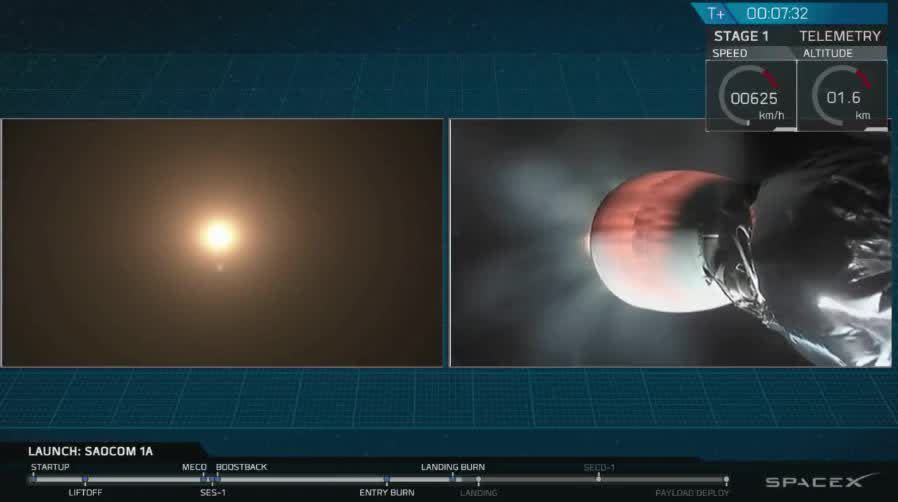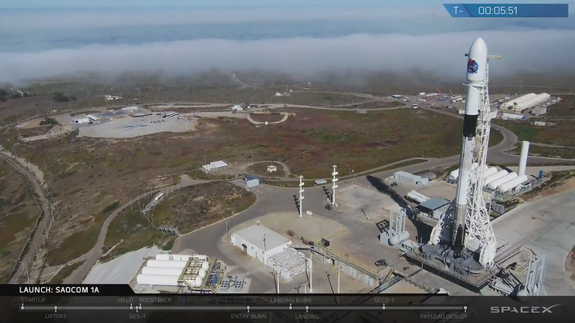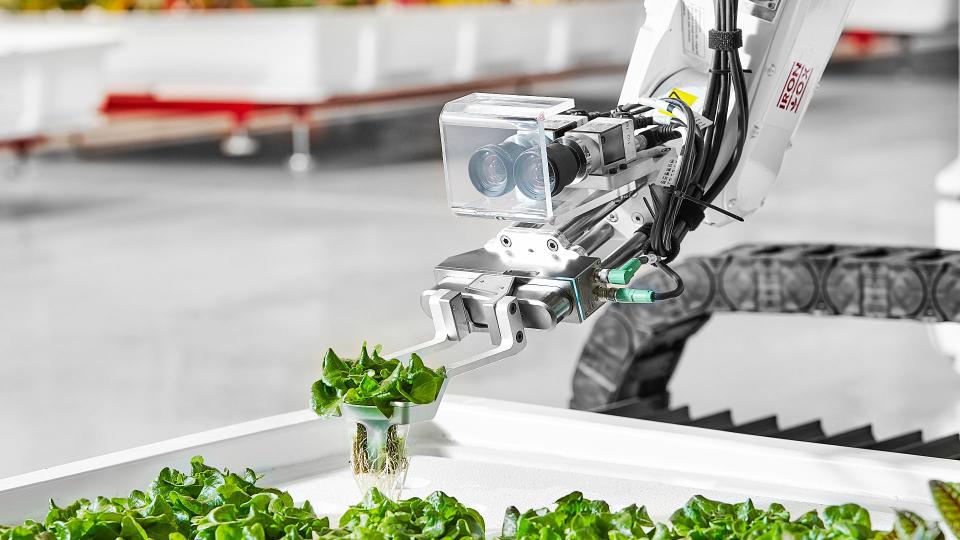SpaceX lands its first rocket on West Coast ground

SpaceX has just successfully landed its first rocket on the U.S. West Coast.
After launching a satellite from California's Vandenberg Air Force Base on Sunday evening with the Falcon 9 rocket, the spaceflight company brought its first stage booster back to Earth just under eight minutes after liftoff.
SEE ALSO: Newly-discovered world on the edge of the solar system could lead us to Planet X
While SpaceX has launched a rocket from Vandenberg AFB in July, its landing took place on a drone ship in the Pacific Ocean.
This time around, the Falcon 9's booster returned to SpaceX's ground-based Landing Zone 4 (LZ-4), located right next to the launch pad at Vandenberg AFB. It's a former launch pad for NASA's Titan family of rockets, which were retired in 2005.
Watch the moment the Falcon 9's booster landed right on the button on LZ-4. It's pretty smooth:

SpaceX began building LZ-4 in 2016, taking a year to complete.

Image: spacex
Land landings aren't threatened by storms like ocean landings are, and they also allow SpaceX to refurbish the boosters faster, as they don't need to be recovered from sea.
Nearby residents in Santa Barbara, Ventura and San Luis Obispo counties were warned they "may hear one or more sonic booms" from the landing. SpaceX founder and CEO Elon Musk warned that the booms "won't be subtle."
But there were some beautiful-looking trails in the sky above Los Angeles and San Francisco, left behind by the rocket's launch.
#SpaceX launch view from Griffith Observatory @KTLA pic.twitter.com/nOeNdA3IU0
— Chris Gierowski (@tepall14) October 8, 2018
View of the future from SF. pic.twitter.com/z4Y47NBbw4
— James Lancelot (@jameslancelot) October 8, 2018
The upgraded Block 5 Falcon 9 is part of SpaceX's plan for vastly cheaper and more efficient spaceflight.
SpaceX has a goal of using the boosters up to ten times with little maintenance, and 100 with refurbishment, as well as being able to relaunch boosters 24 hours after landing.
WATCH: This farm, run entirely by robots, uses 90% less water than traditional farms


